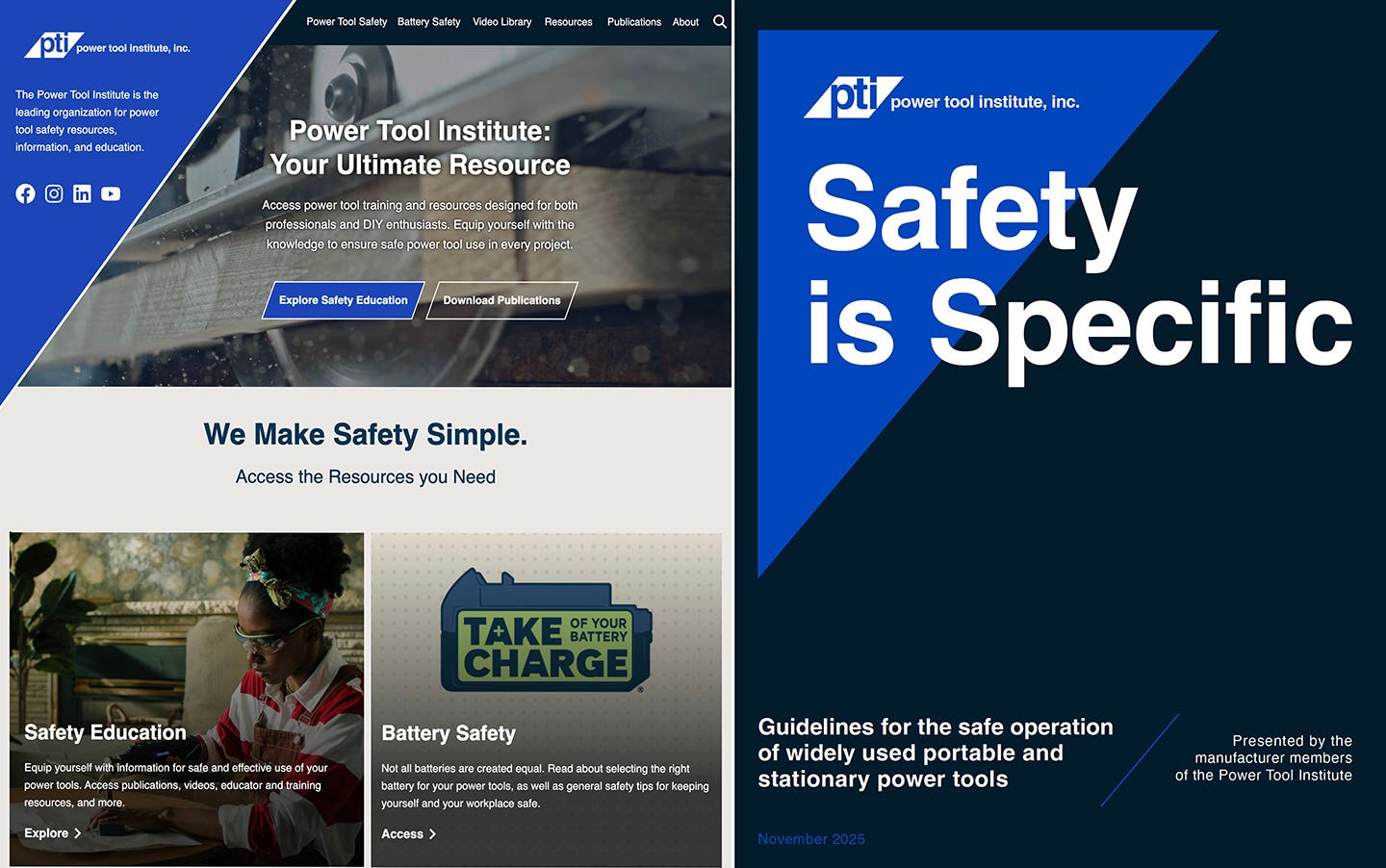When a problem arises, find the simplest solution
I don’t know about you, but I have the tendency to overthink things.
I don’t know about you, but I have the tendency to overthink things. If you’re a perfectionist, you will no doubt labor over every solution to a problem. You may find yourself laboring for hours over things that could have been solved in minutes.
Problems and situations will arise every day that need to be resolved, and when running a business or plying your craft, something is wrong if they do not. It’s like friction. Whether it’s a clashing of wills, or the resistance of one material moving over the other, heat always gets generated. The solution of how you deal with that heat is what the focus needs to be. And when you’re dealing with problem solving, the easier you make it on yourself the better.
William of Ockham was a medieval philosopher. He is known for Occam’s razor, a problem-solving principle suggesting that the simplest solution tends to be the right one. Aristotle wrote, “Nature operates in the shortest way possible.” Likewise, electricity finds the path of least resistance, traveling freely and quickly through metal and bogging down in plastic. So why do we complicate things by searching for complex answers when the easy, obvious ones may be staring us in the face? Are we supposed to dumb ourselves down and look for whatever is easy? By all means, no. It simply means finding a different approach to how you problem solve.
The term razor refers to distinguishing between two hypotheses by shaving away unnecessary assumptions, or cutting apart two similar conclusions. In other words, Keep It Simple Stupid.
For example
Nothing is ever easy. Problem-solving is rarely achieved by flippant metaphors. Experience can teach you how to approach problems in an easier way, but you still need to have a realistic and measured approach when developing solutions. And that’s where the key lies, in having a repeatable system in place to organize possible solutions. It’s the only way you’ll be able to systematically find the “shortest way possible”.
I love the term, Occam’s razor. Primarily, because it’s easy to remember that razors are sharp and designed to cut. It helps us to embrace the importance of shaving away unnecessary assumptions. Last year our company took on a large project that accounted for half of our annual sales. It’s always scary to put so many eggs in one basket. If not managed properly, your company can bleed-out fairly quickly. Like all our projects, we had a great management system in place. It’s been proven to work through many jobs for over a decade. Although this project was larger and more complicated than most, there was no reason to believe our system of tracking cost, managing people and implementing quality control measures wouldn’t work. In preparation, I simply made some tweaks to adjust for the larger size and uncertainties we were sure to face, and jumped into the project with full confidence.
During the course of the six-month project, we were faced with a number of dilemmas that allowed us to exercise problem-solving techniques on a weekly, and sometimes daily basis. Most of the muscle-building exercise came in the form of technical application. We were unfortunately handicapped from the beginning with a set of architectural drawings that did a great job in design utilization but fell far short in technical application. Not only were the wrong materials specified, but the technique in which they were drawn could have easily created huge problems for us down the road since they ignored three of the manufacturer’s warranty protocols.
From the beginning something didn’t feel right, but since the system we were fabricating was new territory to both my subcontractors and myself, none of us caught it right away. However, the system we had in place provided a logical sequence to follow when those detail problems that needed solving arose. By following the process, many sleepless nights later, a solution was found that allowed the project to move forward with assurance.
Because I was expecting technical problems to arise, the inaccurate detail glitch did not come as a surprise, but rather disappointment. Especially since it occurred in the first few weeks of the project’s duration. Although our solutions provided a sense of accomplishment and satisfaction, I was still left with a sinking feeling that we had used up our mulligan card too early in the game. About halfway through the project, my CEO client quit signing Change Orders, but continued to pay the invoices without pause or complaint. Because I’m a stickler for paperwork (born from a liability standpoint), I was still bothered that although things were progressing, the paper trail of approvals was not being met.
I also discovered two other nuances about our client. First, when the client was sent our standard Cost-Plus itemized report of progress (which included those sticky Change Orders), payment was delayed. I immediately simplified the invoicing process and payments began to flow freely again. And second, when I corresponded via email her responses were either very slow or non-existent. This one took me longer to figure out because it made no sense to me from my perspective.
It wasn’t until I met with another extremely busy, high-profile client that I figured it out. This new client told me right from the get-go to text her instead of emailing. Her reason was simple. Emails were part of her public domain, so responses were slow or non-existent (hmmm, sounds familiar), but texts she would respond to immediately.
Takeaways
The next time a problem arises:
Have a fresh set of eyes. Problem solving, especially in difficult situations, can cloud your mind numbing the ability for clear thinking. It’s always good to walk away from the task when you’ve hit a brick wall and come back to it when you’ve been able to shed the stress of finding a solution. That’s where the term, “sleep on it”, came from. And what’s even better than setting it on a shelf for a while is to garner someone’s else opinion. Oftentimes, it’s helpful to ask someone who is not even remotely associated with the situation. They will give you the most objective viewpoint, and that is something that is critical for formulating any answer.
Look and listen for the signs. Answers have a way of coming into your conscious in the most unusual ways. They can take the form of a gut feeling, a dream, or even a coincidence. These are things that can shake the fruit from the tree. If you have the choice to gather the fruit on the ground rather than climbing the tree, do it.
David Getts is a certified kitchen designer and owner of David Getts Designer Builder Inc. in Seattle.
This article originally appeared in the August 2018 issue.







